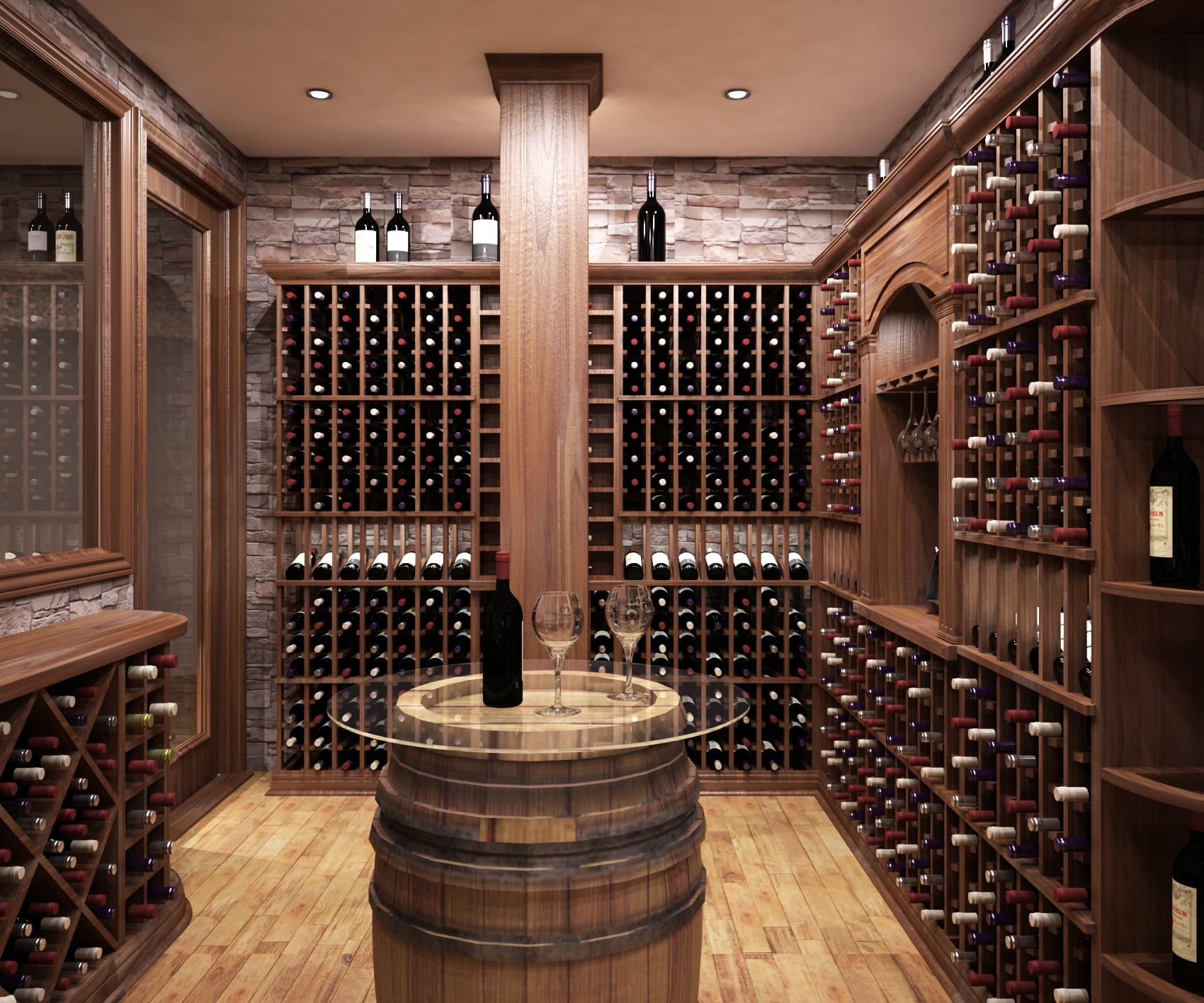There are some people who buy wine as an investment. It gives them the opportunity to combine two things they love. Knowing something about the types of vintages may make investing more enjoyable and intriguing. Plus, building a wine cellar can be terrifically exciting, especially knowing that the global demand for fine wine has increased monumentally over the past few decades. No longer is wine simply for sipping over supping. It’s considered a serious investment commodity.
Buying Fine Wines
Buying the right wines will amp up your investment portfolio. Collectibles like fine wine are free from the familiar boom and bust cycles of traditional investments like stocks and bonds. And as an investor, you know the value of diversification. Wine investment has relatively no correlation to traditional assets and little to no connection to economic performance, interest rates, or corporate earnings. In addition to targeting investment wines, you will want to build a cellar of many fine varietals which will avoid placing too much stock on the performance of one specific producer or vintage.
Evaluating Wines for Investment
There are many factors playing a part in a wine’s potential to increase in value. Here are some steps to follow to ensure the wine you’re buying is, indeed, investment grade:
Take note of the vintage
The vintage is the year in which the grapes were harvested and turned into wine. Harvest quality varies from year-to-year depending on a number of factors, but primarily the weather. Always be aware of vintages yielding the best production of the wine you’re considering.
Reputation of the wine producer
There are wine producers in the industry with impeccable reputations. It is those you want to seek out since they have a huge impact on the potential for the wine to appreciate in value. As Forbes magazine states, “many of the most investable wines come from leading producers, for example Domaine de la Romanée-Conti (DRC), Pétrus, Château Mouton Rothschild and Château Lafite Rothschild, as well as from regions such as Burgundy and Bordeaux.”
Wine longevity and aging potential
Some fine wines age better than others. It depends on the type of grape used, level of acid and tannins. Longevity varies, with investment-worthy wines maturing at about 10 years after they’re bottled. Some wines are fine to age for extended periods while appreciating in value and in quality. Look into a wine producer’s record of producing wines that age well.
Scarcity and price history
Of course, supply and demand come into play. Wine scarcity drives up the value of these vintages. The price history of a wine shows its trend in value, and investable wines consistently show an upward progression.
Pay attention to wine critics
Information from top wine critics should be taken seriously. Their recommendations would be wise to take to heart since their ratings have a bearing on a wine’s potential to appreciate. Three of the most influential wine critics are Robert Parker, James Suckling and Jancis Robinson. Be sure to seek out their opinions prior to purchasing for investment.
Learn, learn and learn some more
Read everything you can get your hands on about wine investing. It takes knowledge and preparation to become a successful wine investor. It can be an extremely enjoyable enterprise. Educate yourself about the market. Define what types of wine you enjoy and what you would like to accomplish as an investor. Pick up The New Sotheby’s Wine Encyclopedia, by Tom Stevenson; Inside Burgundy by Jasper Morris, and Inside Bordeaux: The Châteaux, Their Wines and the Terroir, by Jane Anson. These two regions yield the greatest supply of investment-grade wines. As you’re becoming familiar with wine investments, it’s crucial to understand the terminology wine merchants use when selling. There is no need to learn everything all at once. Make investing an enjoyable process and take your time. You should also cover your investments with wine insurance – yes, there is such a thing.

Tuscany’s Villa Stabbi
When you are traversing the areas that create some of the finest wines on earth, Tuscany must be one of your stops. One of the most exquisite Tuscany luxury accommodations is Villa Stabbi. This romantic property, set on the famed estate of Rosewood Castiglion del Bosco, is perched in the very heart of the Val d'Orcia, enveloped by undulating hills, endless vineyards, and pristine woodlands. Offering five-star amenities and proximity to acclaimed golf courses, the residence curates an unforgettable Italian countryside getaway. This serene, secluded haven includes a heated pool and a cabana that will have you acclimated to the Tuscan pace of luxury living in no time.

Advantages of Becoming a Wine Investor
For a true oenophile, the greatest thrill of investing in wine is just knowing you have some of the finest wines in your cellar. Most serious investors are already passionate about wine, but it is not a prerequisite. Even for those who don’t consider themselves passionate wine lovers, this type of investment can be compelling. Some advantages include:
- Portfolio diversification with low or no correlation with traditional asset classes;
- Lower market volatility with wine investment;
- Fine wine can help you manage portfolio risk;
- Wine can provide enhanced potential for returns;
- Value during market contractions or recessions may be preserved with wine investments.
When you would like to explore some of the places that offer the best fine wines, LVH can get you there. Whether it’s Italy, France or California, we can take care of the planning for you. You know you can rely on LVH to give you the best in class, full-service luxury accommodations, and amazing experiences tailor-made to your unique desires. We invite you to reach out to one of our client relations professionals, who will begin planning your wonderful vacation to experience incredible wineries where you may find the ideal wines to add to your burgeoning investment collection.
